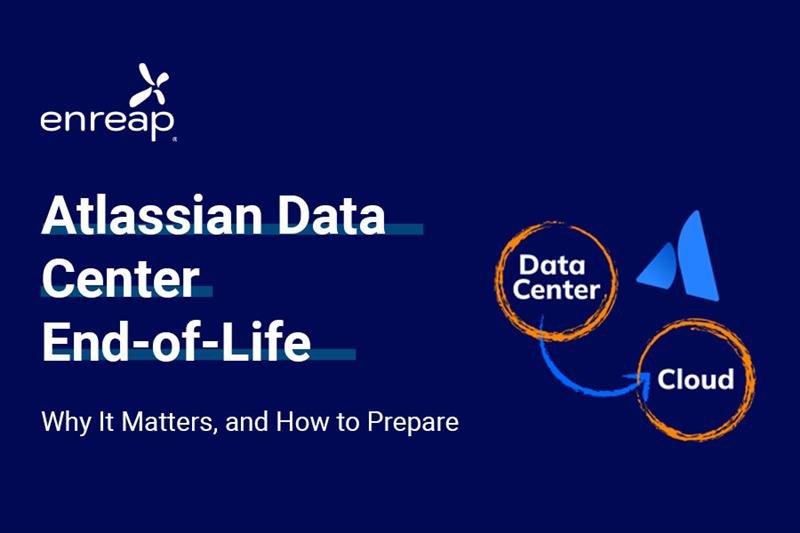Banking organizations often face several challenges in meeting the evolving needs of the tech-savvy customer. From rigid UIs to sluggish load times, the dependence on monolith backends and legacy programming languages negatively impacts user experience, leading to customer complaints, security breaches, poor revenue, and a diluted competitive position.
A complete overhaul of the underlying banking technology foundation might seem imminent, but what if we told you there was an easier (and more efficient) way out? The answer lies in containers and microservices!
The Legacy System Challenges of the Banking Sector
A decelerating global economy, high interest rates, and geopolitical tensions are significant hurdles restricting banks from generating income and managing costs. As multiple disruptive forces reshape the foundational architecture of the banking industry, banks are having a tough time serving customers’ growing needs.
Banks’ reliance on legacy and obsolete systems only worsens matters, especially in today’s highly digital era. These outdated platforms have a rigid codebase and use programming languages that are no longer supported. They are often incompatible with emerging digital technologies, are difficult to manage and maintain, and cause several user experience challenges. Slow load times, poor security measures, and complex navigation cause banking users to be highly frustrated and disappointed.
Imagine the dissatisfaction of a user who faces a forced app shutdown while trying to transfer a large sum of money to a family member. Or the annoyance of a user who cannot log in to the banking app because the biometric authentication is flawed. With new-age startups and fintech eating into the already diluted market share, banks must enable a seamless user experience across devices and consistency across channels.
The Feasibility of a Complete Software Replacement
Thankfully, the solution to these woes isn’t always a complete replacement of core apps and systems. For banks, a full replacement or overhaul can lead to several consequences:
- Firstly, banks would need a massive budget sanctioned to undertake a modernization project of this magnitude. They would have to get a large team of skilled experts on board, invest in new tools and solutions, and invest in a modern project management system to monitor and track progress.
- Two, for banks that use legacy applications for core business operations, any change made to any aspect of these systems is a risky step that can bring the whole business to a halt. To prevent any disruption to operations and minimize data loss, banks would have to invest in expensive backup and recovery solutions and quickly pivot
- Thirdly, they would need to allocate substantial time and effort to upgrade their mainframe systems while constantly being questioned about the ROI.
How Containers and Microservices Transform Banking Software Development
Given the criticality of banking apps and systems, microservices and container orchestration offer banking organizations an excellent opportunity to rebuild or revamp certain parts of the software one by one without impacting daily banking operations. Instead of trying to modernize or replace complex monolithic architectures, software development teams can make changes or amends to containerized parts of the underlying application while ensuring other aspects run without interruption.
By creating a loosely coupled system of smaller services or containers, teams can build and scale functionalities iteratively. Every service, whether accounts, transactions, loans, or deposits, can run as a standalone entity while communicating continuously with other services in the banking ecosystem. This allows teams to scale or modify services as needed and meet the evolving needs of customers and the market.
Let’s take an example. Imagine a core banking system where accounts, transactions, and payments are handled by one single application. If a new payment gateway has to be added, the application performance will likely be impacted due to the tight coupling of functionalities. In a microservices architecture, the same scenario is much easier to implement since each service can be independently modified or updated.
That said, let’s look at how containers and microservices supercharge banking software development:
- Rapid iterations: Containers and microservices make it easy for software developers to build and deploy new features and capabilities. For instance, if an intelligent chatbot capability needs to be introduced into a banking application, developers can develop and integrate the service independently – without causing any performance, functionality, or integration failures to active users.
- Improved compatibility: The lightweight and modular nature of containers and microservices enables developers to deconstruct applications into smaller units. Reducing dependencies and shared resources among different components leads to fewer compatibility issues and more consistent, predictable, and stable applications. For example, when a new user account is created, the accounts service can create a new record in its database while notifying the card service to issue a new bank card.
- Fault isolation: Containers and microservices are great for developers to contain issues. Unlike monolithic architectures, where failure in one component can bring the entire system down, microservices allow developers to break the application down into smaller, independently deployable services and isolate faults. For example, the recent Microsoft outage caused several banking users to face problems completing card payments. Microservices architecture can ensure the failure doesn’t extend to other aspects of the system, preserving user experience.
- Resource optimization: Developers can promote better resource efficiency using containers and microservices. By allowing multiple containers to run on a single host system, they can minimize the number of CPUs required while also allocating a fixed amount of memory. This can increase compute resources’ efficiency while reducing wastage and curtailing costs.
- Seamless portability: When it comes to banking software delivery, containerization enables seamless portability of features and services. Since containers allow developers to build once and run anywhere, they enable developers to take an application built for one environment and deploy it almost anywhere. For instance, a banking application’s loan management function can seamlessly be ported across major operating systems and platforms—regardless of the underlying codebase or environment.
As banking organizations look to meet the emerging needs of customers and markets, containers and microservices offer much-needed flexibility in building and deploying new features and capabilities. Banks can quickly scale capabilities, maintain customer loyalty, and grow revenue by quickly, securely, and seamlessly introducing new banking services, isolating faults, and moving applications across operating systems and devices.




